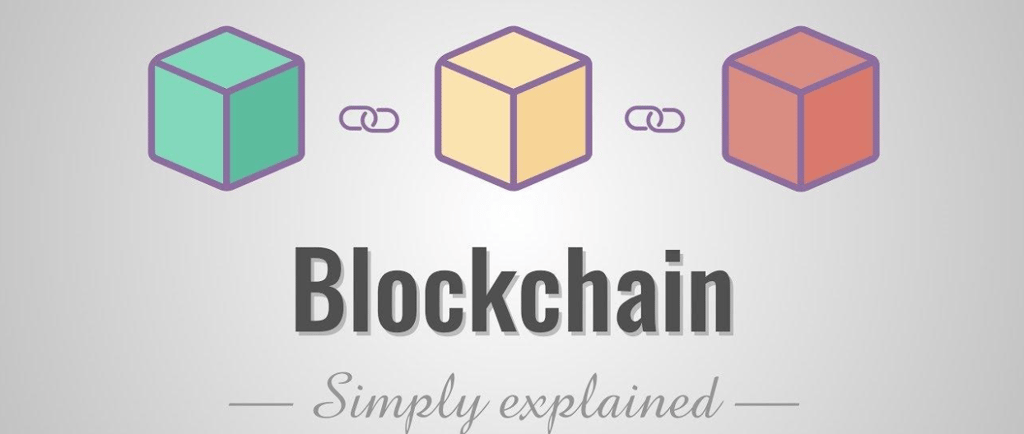How Blockchain Technology Works


In an era defined by rapid technological advancement, blockchain technology stands out as a transformative force with vast implications. Understanding how blockchain technology works is essential for anyone navigating the digital landscape, particularly those interested in cryptocurrencies and decentralized systems. This article explores the intricacies of blockchain technology, breaking down its structure, function, and the elements that ensure its security and utility.
Introduction to Blockchain Technology
Blockchain technology is often heralded as a game-changer, and for good reason. It operates as a decentralized digital ledger, recording transactions across multiple computers to ensure transparency and trust. Initially developed to support Bitcoin, the first cryptocurrency, blockchain has since expanded its applications far beyond financial transactions. Today, it underpins diverse fields like supply chain management, digital identity verification, and smart contracts. What makes blockchain revolutionary is its ability to maintain data integrity without relying on a central authority. Each participant in the network has access to the same information, and changes must be collectively verified, preventing unauthorized alterations. This decentralized approach disrupts traditional systems, offering a new paradigm for how data is managed and secured in the digital age.
The Structure and Function of a Blockchain
At its core, a blockchain is a series of blocks, each containing a list of transactions. These blocks are interconnected through cryptographic hashes, creating an unalterable and secure chain. Each block holds a unique hash of the previous block, a timestamp, and transaction data, forming a chronological sequence that is nearly impossible to tamper with. This cryptographic linkage ensures that altering any block would require changing all subsequent blocks, which is computationally impractical. Participants in the network can independently verify and audit transactions, promoting a transparent and secure digital environment. This structure not only preserves data integrity but also fosters trust among users, eliminating the need for central authorities.
How Consensus Mechanisms Ensure Blockchain Security
Consensus mechanisms are foundational to blockchain security, allowing networks to agree on the validity of transactions. Proof of Work (PoW), used by Bitcoin, tasks miners with solving complex mathematical problems, making it resource-intensive but highly secure. Proof of Stake (PoS), on the other hand, selects validators based on the number of coins they hold and are willing to "stake," offering a more energy-efficient alternative. These mechanisms prevent issues like double-spending and ensure that no single entity can easily manipulate the network. By requiring participants to invest significant computational power or financial stake, consensus mechanisms maintain the integrity and stability of blockchain systems.
Smart Contracts and Their Role in Blockchain Technology
Smart contracts are a pivotal innovation within blockchain technology, fundamentally changing how agreements are executed and enforced. Unlike traditional contracts that require intermediaries for validation and enforcement, smart contracts automate these processes through self-executing code embedded within the blockchain. Once predefined conditions are met, the smart contract triggers actions such as payments or the transfer of assets, ensuring seamless and tamper-proof execution. This automation not only reduces the risk of human error but also minimizes the potential for fraud and manipulation.
In sectors like finance, healthcare, and supply chain management, smart contracts enhance efficiency and transparency. For example, in supply chain management, they can track the movement of goods in real-time, ensuring that all stakeholders have access to accurate and immutable records. In finance, they enable decentralized financial services, allowing for peer-to-peer transactions without the need for banks or other intermediaries. By removing the need for third-party involvement, smart contracts streamline processes, reduce costs, and increase trust among participants.
This capability to autonomously execute and enforce agreements positions smart contracts as a revolutionary tool, transforming the way we handle digital interactions and transactions across various industries.
Common Challenges and Solutions in Blockchain Technology
Blockchain technology, while groundbreaking, faces several challenges that need addressing to realize its full potential. One primary issue is scalability. Current blockchain networks often struggle with handling high transaction volumes efficiently, leading to delays and higher costs. Innovations like layer-two scaling solutions and sharding aim to improve transaction speeds and throughput by offloading some processes to secondary layers or breaking the network into smaller, manageable pieces.
Security remains another significant concern. The threat of a 51% attack, where a single entity could potentially gain control over the majority of the network's mining power, poses a risk to the system's integrity. To combat this, ongoing advancements in consensus mechanisms, such as hybrid models combining Proof of Work and Proof of Stake, are being explored to enhance security.
Energy consumption, particularly with Proof of Work systems, is another pressing issue. The substantial computational power required for mining leads to significant energy use, raising environmental concerns. This has prompted the industry to look into more sustainable alternatives, like Proof of Stake, which reduces energy requirements by assigning validation responsibilities based on ownership stakes rather than computational power.
Interoperability between different blockchain networks also presents a challenge, as seamless interaction is crucial for broader adoption. Efforts are being made to develop cross-chain solutions, enabling different blockchains to communicate and transact with one another effectively, thus expanding their utility and accessibility.
Choosing a Reliable Blockchain Platform
Selecting a reliable blockchain platform is essential for optimizing your experience and ensuring your projects' success. Key factors to consider include security features, scalability, ease of use, and the strength of community support. Established platforms like Ethereum offer a robust ecosystem with extensive developer resources, making them a popular choice for creating decentralized applications. On the other hand, newer platforms might offer innovative solutions and enhanced performance metrics, which could be beneficial depending on your specific requirements. Conducting thorough research to understand the strengths and limitations of each platform will help you make an informed decision. Prioritizing these aspects will ensure you select a platform that aligns well with your goals and provides a stable foundation for your blockchain endeavors.
